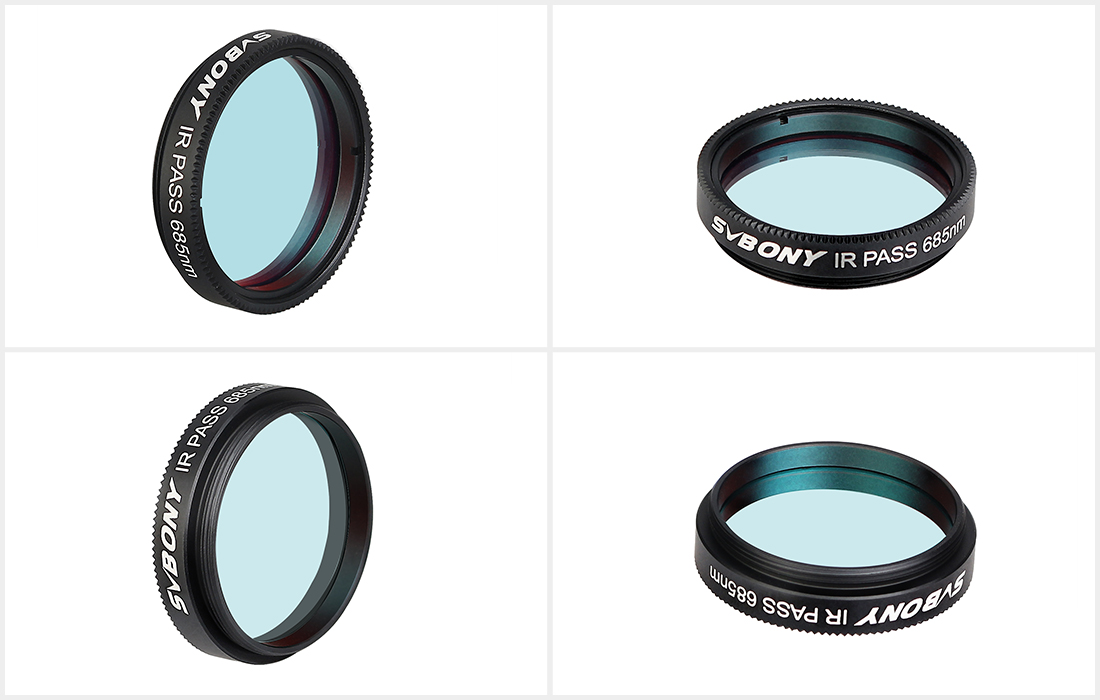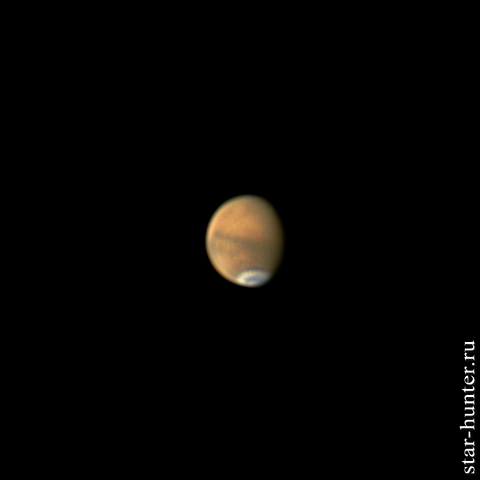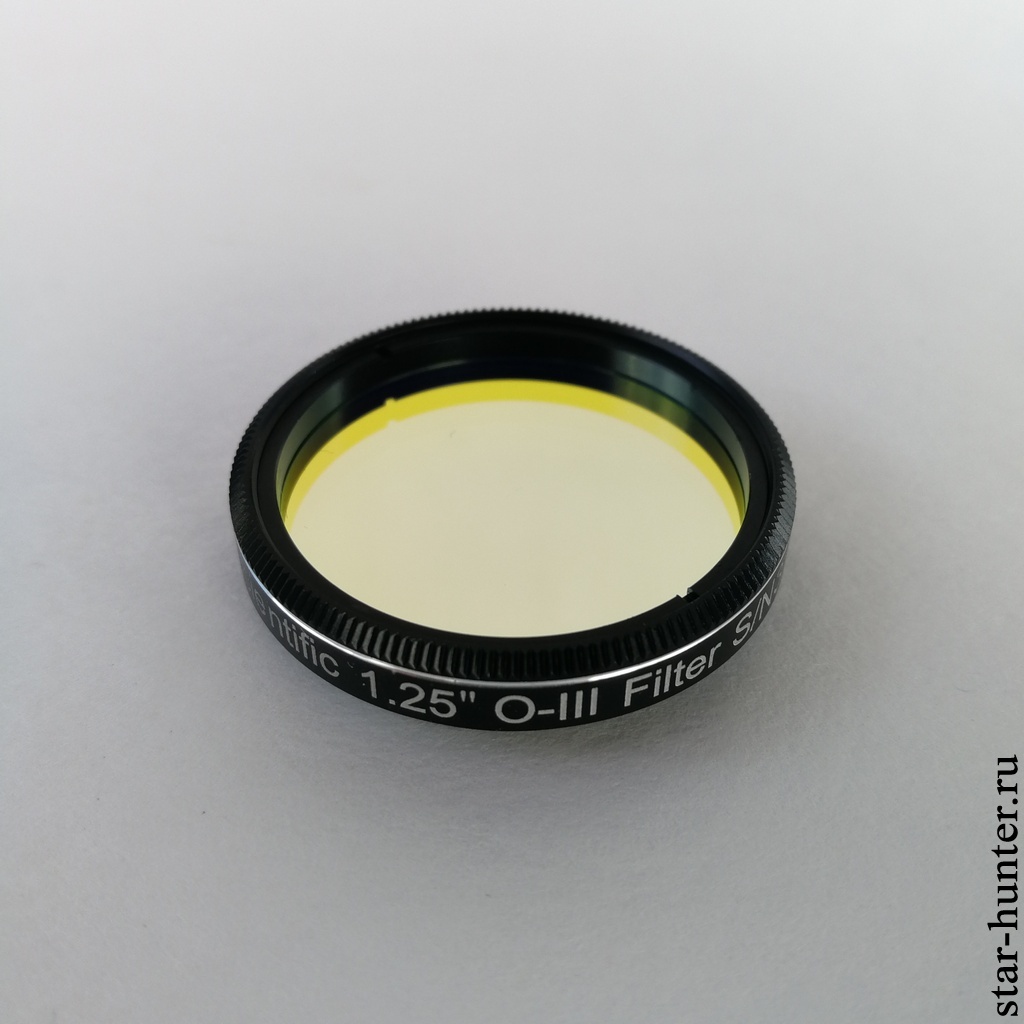Svbony SV231 Color Correction Filter 1.25″ review
The Svbony company continues to delight astronomy lovers with a variety of accessories. I received an interesting filter for testing to chromatism suppression – Svbony SV231 Color Correction Filter 1.25″.

Chromatism in an achromatic lens telescope is a aberration that appears as a blue or purple halo around bright objects (planets, moon, stars). Chromatism appears due to the inability of an achromatic telescope to bring all rays in the visible range into focus – usually only red and green rays are brought together. This is especially actual for fast (f5-f6) achromats. Some people, unknowingly, even consider these halos to be the “atmosphere” of stars or planets. In ED telescopes and apochromats, chromatism can be significantly reduced or even completely eliminated compared to conventional achromatic telescopes. However, the cost of ED refractors and apochromats is significantly higher than that of achromats. I would also like to add that people’s tolerance for chromaticism may vary. Some people don’t see chromatism at all, for others it doesn’t bother them, and for others it irritates them. In my opinion, an age factor may also play a role here, since with age the lens in the eye turns yellow and acts as a kind of light filter. Moreover, a person can get used to the yellow image, and thus not notice the chromatism. My left eye is a little yellowish. But children and teenagers are great at noticing chromatic halos thanks to the young transparent lens.
Characteristics declared by the manufacturer:
…
Svbony SV231 Color Correction Filter 1.25″ reviewRead More »



